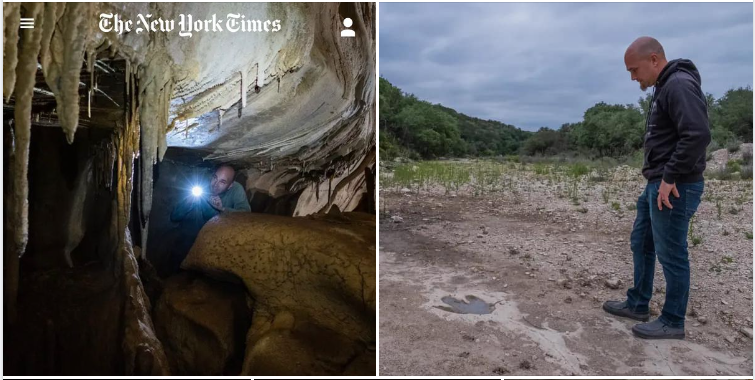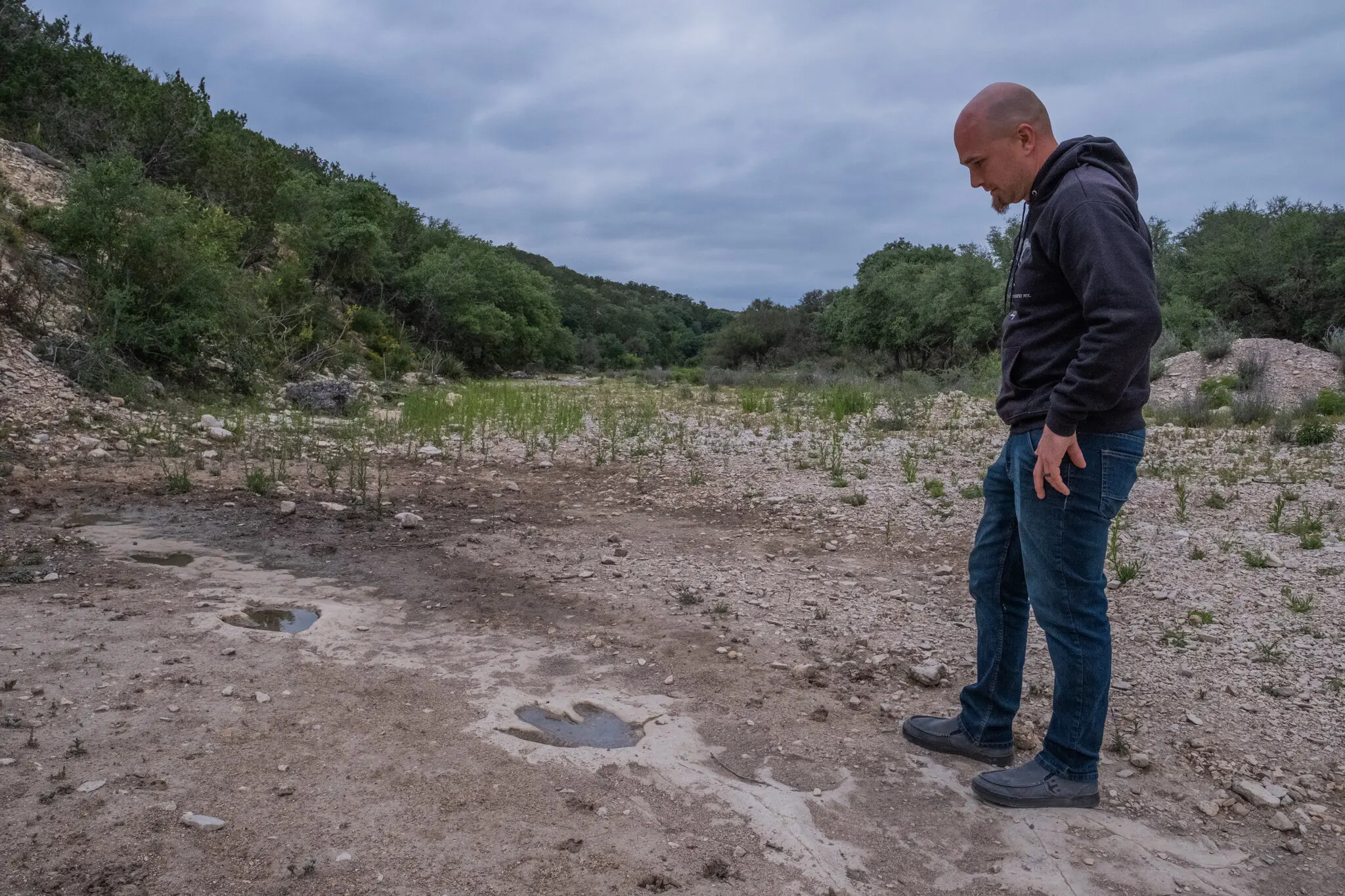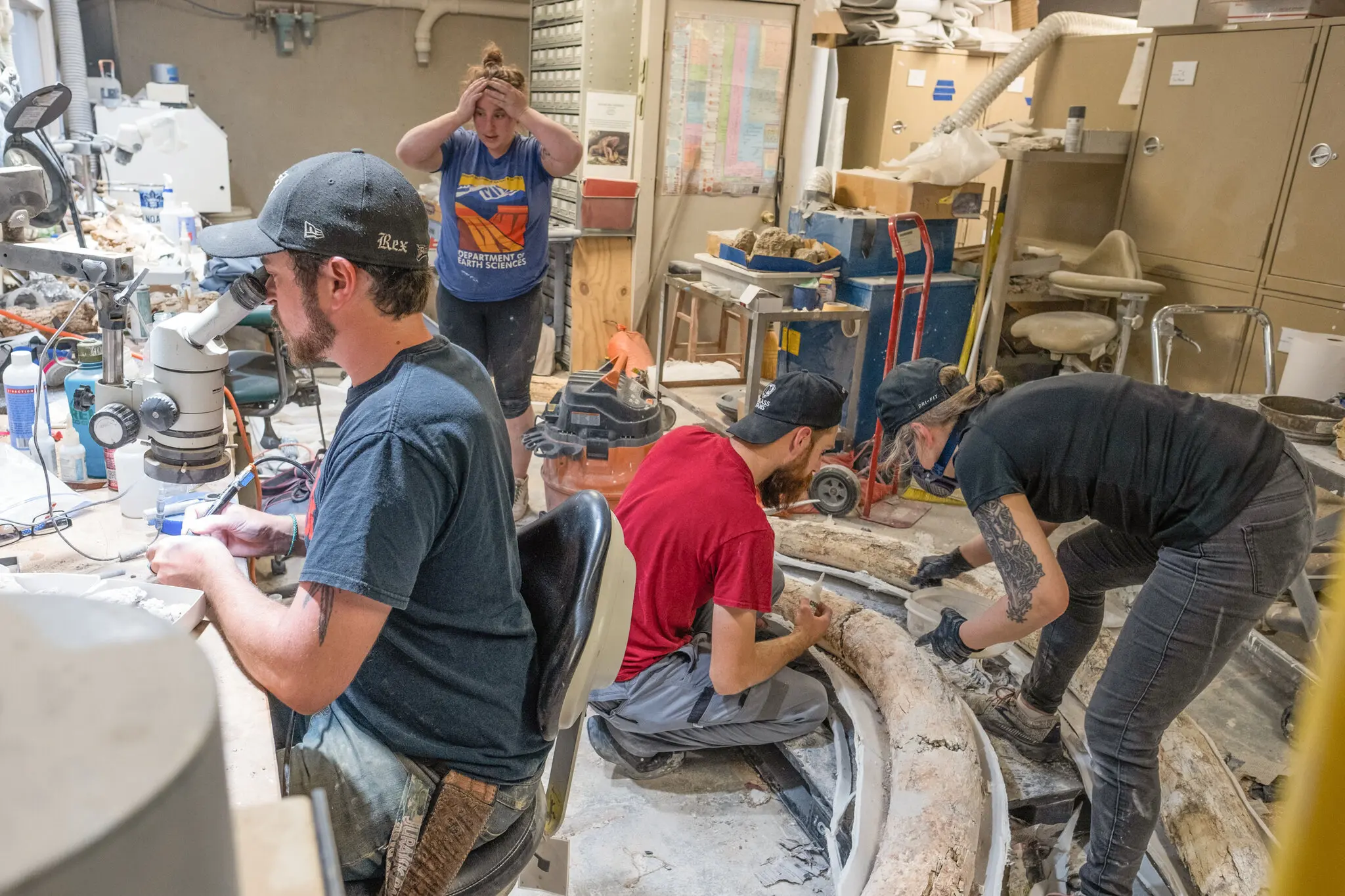New York Times features Hillsboro Museum
Hillsboro, Texas’ Texas Through Time museum made today’s edition of the New York Times.
July 17th 2023
You can read the full article at this link

Texas Through Time is a 501c3 Nonprofit fossil museum specializing in fossils found in Texas & surrounding states. Free to the public, their mission is to bring together a comprehensive collection of Texas fossils for the purpose of engaging and educating the general public.
Through meaningful educational experiences they hope to stimulate appreciation for Texas’ unique fossil record. A regular receiver of media attention, they have been featured on Discovery & History Channels, Texas Country Reporter; among others. Visit the Texas Through Time Museum website at this link.
By Asher Elbein
Photographs by Nina Riggio
- July 17, 2023
Most people come to Ox Ranch — an 18,000-acre property outside Uvalde, Texas — for the thrill of hunting exotic animals in the Hill Country. But the ranch is also home to ancient secrets, as in lines of dinosaur tracks that cut across an empty creek bed and in a dark cave under a stony hillside that contains the remnants of Pleistocene animals and humans.
The ranch is owned by Brent C. Oxley, the wealthy founder of a web hosting company who has brought in Andre LuJan to manage the property’s fossils.
Mr. LuJan is a commercial paleontologist, bald and often dressed in dinosaur-themed shirts and socks, who collects fossils and assesses their value for private clients. Such arrangements are not unusual in the vast and wealthy state, which is in the middle of a paleontological renaissance. But many specimens collected on private lands end up sold to private collections, where the broader public may never see them again.
That won’t be the case with Ox Ranch, and Mr. LuJan has bigger ambitions. He intends to open an institution he bills as the “Smithsonian of Texas” that could display fossils like the ones he has found on Mr. Oxley’s land. Texas has its share of large museums and elaborate fossil exhibitions. But Mr. LuJan sees a paleontological void in the state, which has no public museum devoted solely to its fossil treasures. He hopes an expanded version of his own institution, Texas Through Time, will fill that gap.

By the 1950s, Dr. Adams said, academic collecting in the state slowed as a generation of paleontologists retired or died. Many of their replacements chose to seek fossils abroad. While work continued on previously collected material from sites like Big Bend National Park — and spectacular new fossil halls opened at the Houston Museum of Natural Science and the Perot Museum of Nature and Science in Dallas — prospecting across Texas languished. The Texas Memorial Museum, home to the state’s public repository of fossil material, is just emerging from years of underfunding and neglect.
Texas nonetheless maintains a thriving scene of amateur fossil collectors. One of them was Mr. LuJan. When he was 4, his parents took him to Dinosaur Valley State Park, southwest of Fort Worth, where hundreds of dinosaur tracks emerge from the banks of the Paluxy River.
“It was the closest thing to time travel I’d ever experienced,” he said. “I was hooked.”
As an adult, Mr. LuJan took on paleontology, first as a hobby and then as a side business, teaching himself to collect and restore fossils, and eventually selling them online and at gem and mineral shows.
The market for commercial fossil sales is lucrative, with certain specimens — generally dinosaurs — fetching millions at auction. The high prices leave public museums and academic paleontologists worried that potentially important specimens will be cloaked from scientific research. They also fear that the inflated value of fossils pushes them out of the market.
“I don’t have the money or budget to pay people for access to land,” said Ronald S. Tykoski, curator of vertebrate paleontology at the Perot Museum.
That can make collecting tricky in Texas, where a vast majority of land is privately held. Some landowners are happy to donate their finds. Others decide to take their chances selling them, or ask for compensation in return for letting people dig on their land. “That’s their right,” Dr. Tykoski said. “It’s their property. In that regard I’m a little hamstrung compared to some of my colleagues.”
Click Here to Read the Remainder of the New York Times Article


